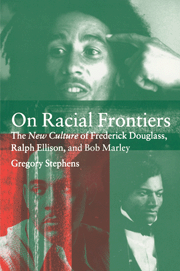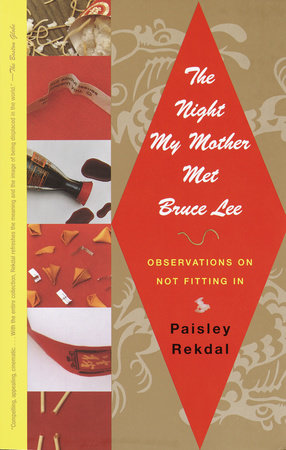In Memoriam: Peggy Pascoe (1954-2010)Posted in Articles, Biography, History, Law, Media Archive, United States, Women on 2010-11-19 18:21Z by Steven |
In Memoriam: Peggy Pascoe (1954-2010)
Perspectives on History
November 2010
Estelle Freedman, Edgar E. Robinson Professor of History
Stanford University
Scholar of gender, race, and the U.S. West; 2009 winner of AHA’s William H. Dunning Prize and Joan Kelly Prize
Peggy Pascoe, the Beekman Professor of Northwest and Pacific History and professor of ethnic studies at the University of Oregon, died at home in Eugene, Oregon, on July 23, 2010. She leaves behind an exceptional professional legacy, not only in her prize-winning scholarship on women and multicultural relations in the West, but also through the careers of the students and colleagues she mentored over the decades…
Pascoe was part way through the manuscript for her book on miscegenation law when she learned in 2005 that she had ovarian cancer. Initially she did not think that she would be able to complete the study. In 2007, at a panel held in her honor at the annual meeting of the Organization of American Historians, several colleagues commented on her draft chapters, which helped inspire her to go back to work on the book even as she endured multiple rounds of chemotherapy. The scholarly result was stunning. What Comes Naturally: Miscegenation Law and the Making of Race in America (Oxford, 2009) provides a sweeping and detailed account of the criminalization of interracial marriage and resistance to that process from the 1860s through the 1960s. It is also a superb history of the shifting meaning of “race” in American culture and the ways that gender and race are always mutually constructed. One of the most acclaimed books in U.S. social, cultural, and legal history, it received the Ellis W. Hawley and the Lawrence W. Levine Prizes from the Organization of American Historians; the John H. Dunning Prize and the Joan Kelly Memorial Prize from the American Historical Association; and the J. Willard Hurst Prize from the Law and Society Association…
Read the entire article here.

